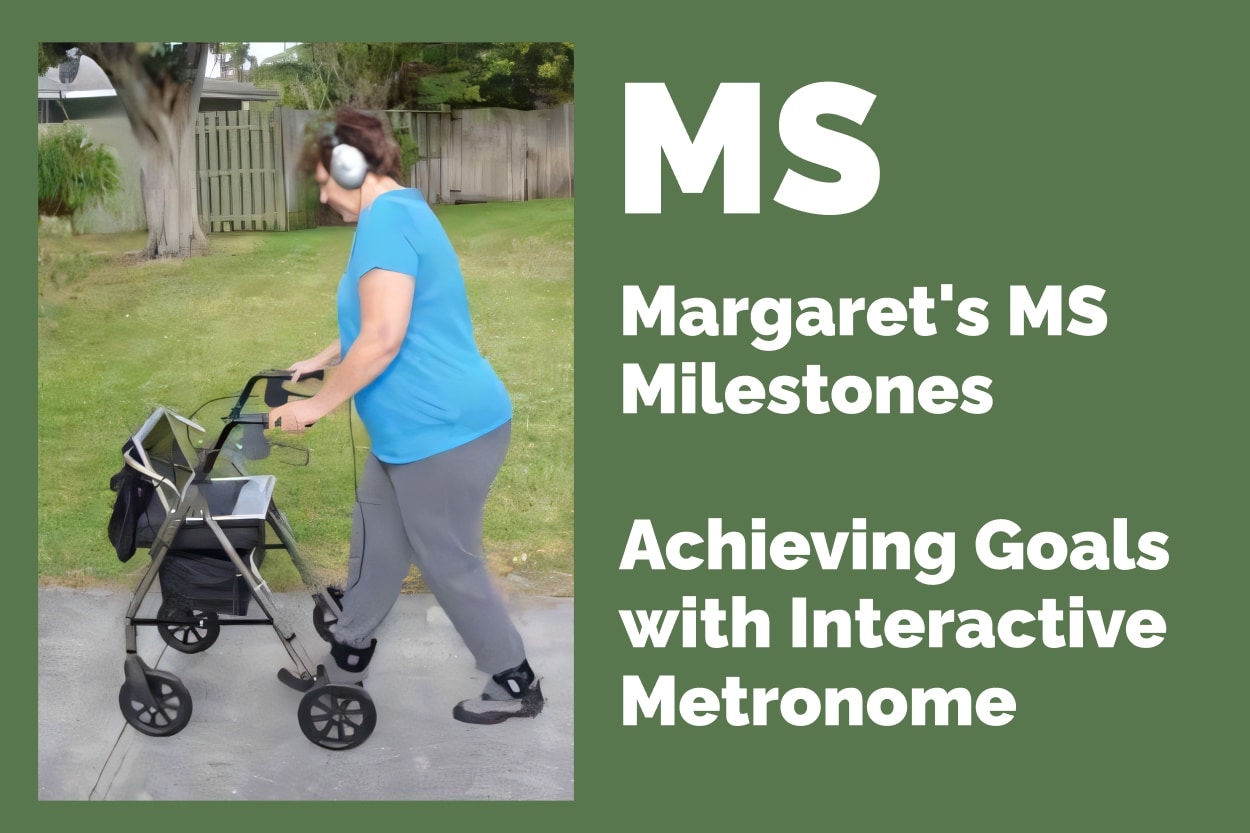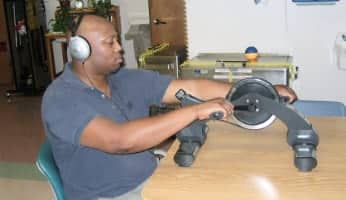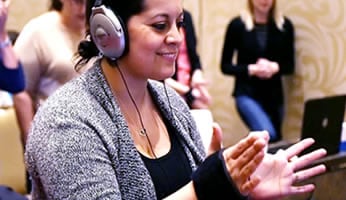Margaret’s MS Milestones: Achieving Goals with Interactive Metronome

Home - Testimonials - Adult Testimonials - Margaret’s MS Milestones: Achieving Goals with Interactive Metronome

Margaret’s MS Milestones: Achieving Goals with Interactive Metronome
By the time Margaret contacted me to enquire into IM services, she had progressed to the point of requiring a seated rollator walker for mobility and numerous adjustments to her work and home functional routines.
Her decline had been insidious, over the course of several years, and then at the age of 48, she was stricken with lower limb partial paralysis following a 12 hours nursing shift.
Following a 10-day work up in a hospital, she was approached by her medical advisors with her official diagnosis: Multiple Sclerosis.
As she progressed to the point of discharge home, she knew from her nursing background that therapies could help her to adapt to the influence of MS in her life…but she wondered if there was anything available that could actually IMPROVE her skills. “And thus our mutual journeys began.”
Synchronous neural timing at the millisecond level within and between centers of the brain is required for smooth, coordinated movement of the arms and legs, normal gait and balance.
In Margaret’s case, the pathways in the brain for movement had been ravaged by MS, affecting timing and mobility.
Interactive Metronome Therapy
Margaret began training with a specific neuro-technology designed to improve synchronized timing called Interactive Metronome (IM). IM training facilitates timing and rhythm as a person moves his/her body and walks in synchrony with a reference beat.
Throughout the program, Margaret’s ability to move her extremities and take steps to the beat was measured in milliseconds, allowing her to see where she started and how far she’d progressed each session. Guide sounds prompted Margaret to make adjustments in timing and rhythm, eventually leading to improved timing, coordination, and balance.
Never before had I implemented an IM training program with as much caution, anxious not to overexert or overheat in the Florida climate. We started with minimal upper body motions, progressing steadily to more integrated whole body motor patterns.
Progress and Goals
Margaret had three main long-term goals:
- To return to work
- To be able to tend her garden
- To be able to walk around her neighborhood
With this in mind, as her endurance increased, we started training with the help of IM’s In Motion switches, which are wireless IM sensors in her shoes, and set off with pride during early morning walks.
As a progressive disease, Margaret realized that IM was not a cure-all, but with a combination of an IM clinical service delivery model followed by access to home-based IM activities via the IM-Home, she was able to achieve all three of her ambitious life changing goals to a resounding, “it feels good to get going again!”
Mary Jones OTR/L, LMT, CIMT, Graduated from St. Loye’s School of Occupational Therapy (UK) in 1986. Has been an Occupational Therapist for 20 (+) years and has been practicing in the USA since 1993. Worked in a variety of healthcare settings in both the USA and the UK. These include home health in the inner-city (London), orthopedics, geriatric psychiatry, outpatient rehab, brain injury specialty (adult and pediatric) and pediatric outpatient therapy. Owner of pediatric practice “Sensational Kids LLC”, based out of Bradenton, FL. Has lectured extensively in her field at a local and international level.




